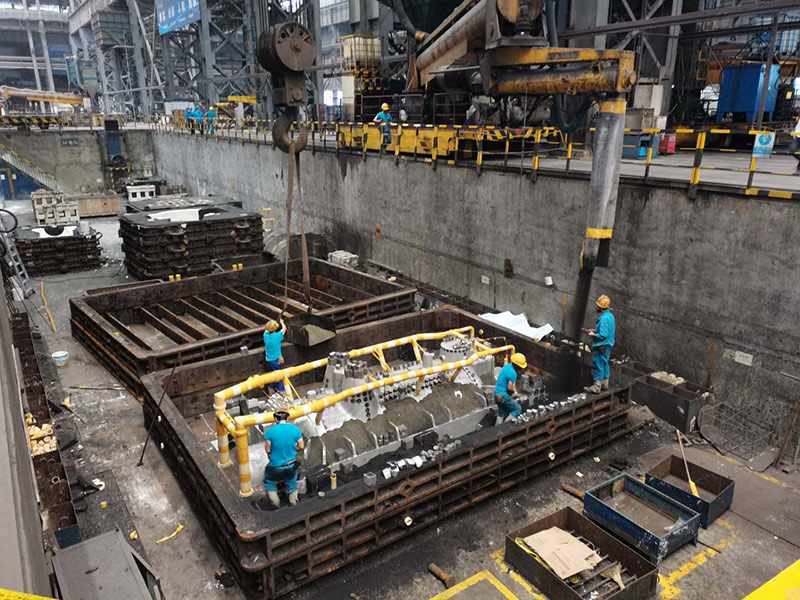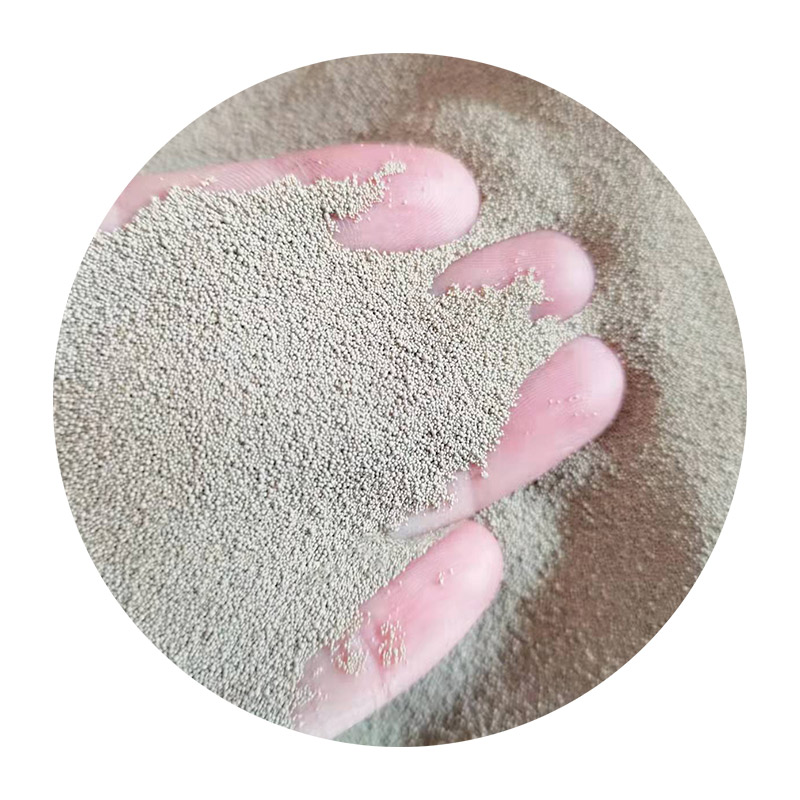

Once sufficiently cooled, the casting is extracted from the mold. This phase, known as shakeout, is followed by various post-casting processes, including trimming and surface finishing. The goal is to remove any residual sand and achieve the desired surface smoothness. Advanced techniques such as sandblasting or grinding may be employed, each necessitating a clear understanding of the material properties to avoid impairing the casting’s structural integrity. In terms of expertise, dry sand casting proves particularly advantageous for producing large and complex shapes that might be challenging or uneconomical to machine from a block of metal. Its versatility allows for extensive applications across different sectors, including automotive, aeronautics, and heavy machinery industries. Furthermore, the process allows for the customization and testing of prototypes thanks to its adaptability and relatively low setup costs. Manufacturer feedback often highlights the process’s ease of scalability, where small-batch production can be scaled to meet higher demands without substantial capital investment. The expert knowledge and meticulous attention to detail involved in the dry sand casting process does not only assure the quality of the final product but also instills confidence across clients and industries that rely on this method. As new technologies and materials emerge, the process continues to evolve, incorporating innovations that further enhance performance and efficiency. This continuous improvement aligns perfectly with industry demands, ensuring that dry sand casting remains a critical component of modern manufacturing—a testament to both its timelessness and adaptability in a rapidly advancing technological landscape. Post time:Fev . 15, 2025 01:44
Next:different types of sand casting
